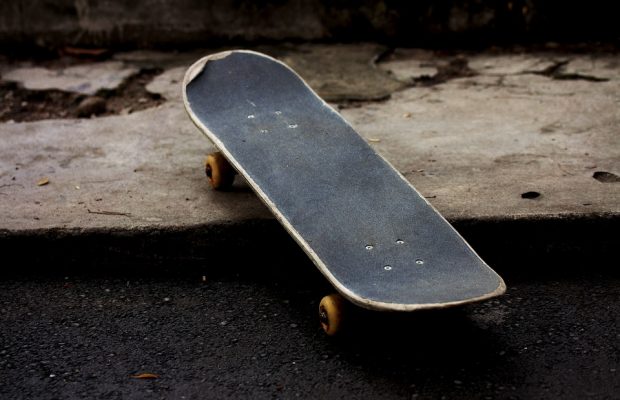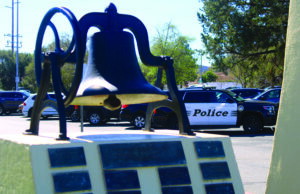Preventing skateboarding injuries is not complicated

According to CBS News, about 176 individuals are treated in emergency rooms for skateboarding related injuries every day. While even experienced skaters cannot avoid all accidents, taking simple safety precautions can spare another unwanted and easily preventable injury.
Matthew Lawson, junior, has been skating on-and-off for 11 years and enjoys the independent nature of the sport. Lawson spoke from his experience with skateboarding, saying, “You fall more than ever when you are learning.”
It is is understandable for an athlete to want to improve their skills and push themselves to the next level. However, Lawson says to,“know your limits and wear a helmet. Don’t try something you know for a fact you can’t do because that’s how you get hurt most of the time from my experience.”
Jake Bruynzeel, senior, has been skateboarding for close to eight years and is familiar with the danger that comes with the sport.
There are other safety precautions skaters can take besides wearing helmets. When it comes to staying safe, Bruynzeel believes one basic precaution worth taking is learning to fall. “It’s like how to transfer the impact by bending your knees and judo rolling out of a fall. When you let all that impact hit one spot instead of spreading it out, that is where the real injuries come from.”
Jeremy Alderette, senior, is an experienced skater who has been involved with the sport since his freshman year. After working at his craft throughout his high school career he has drawn the conclusion that it is important for those who are interested in the sport, “to keep skating because it can be frustrating trying to get better at first,” Alderette said.
The risk of injury is inevitable in all sports, however that fact should not discourage others from introducing themselves to skateboarding.
“I love the sport, it has its ups and downs, but if you fall seven times, get up eight, and that’s just worked out for me,” Bruynzeel said.



